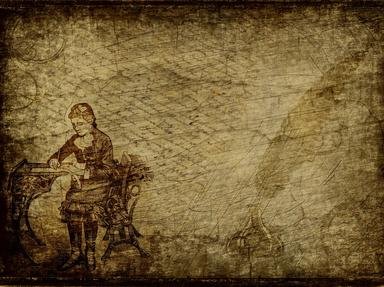1. The poem, "From the Frontier of Writing", describes "armour-plated vehicles", "guns on tripods", and a "sergeant with his on-off mike repeating/ data about you". What frightening experience is Seamus Heaney describing in this particular poem?
From Quiz Seamus Heaney - "The Haw Lantern" (1987)
Answer:
The experience of being stopped by armed police at a checkpoint.
"From the Frontier of Writing" does indeed describe the frightening experience of being stopped by armed police at a checkpoint. As Heaney's "car stops in the road", and "the troops inspect its make and number", the fear is palpable. Everything "is pure interrogation", as even the innocent are questioned and made to feel ill at ease. Even when the "rifle motions" to signify clearance, Heaney describes himself as "a little emptier", and "a little spent". For even he has experienced a little doubt, and a "quiver in the self", which makes him feel like a prisoner on trial, who has been freed. Arraigned "yet freed", he is only too aware of the fact that everyone is under suspicion in this state. It is also possible to compare the waiting for clearance at a checkpoint with the poet's anticipation of critical clearance.




 = Top 5% Rated Quiz,
= Top 5% Rated Quiz,
 Top 20% Rated Quiz,
Top 20% Rated Quiz,